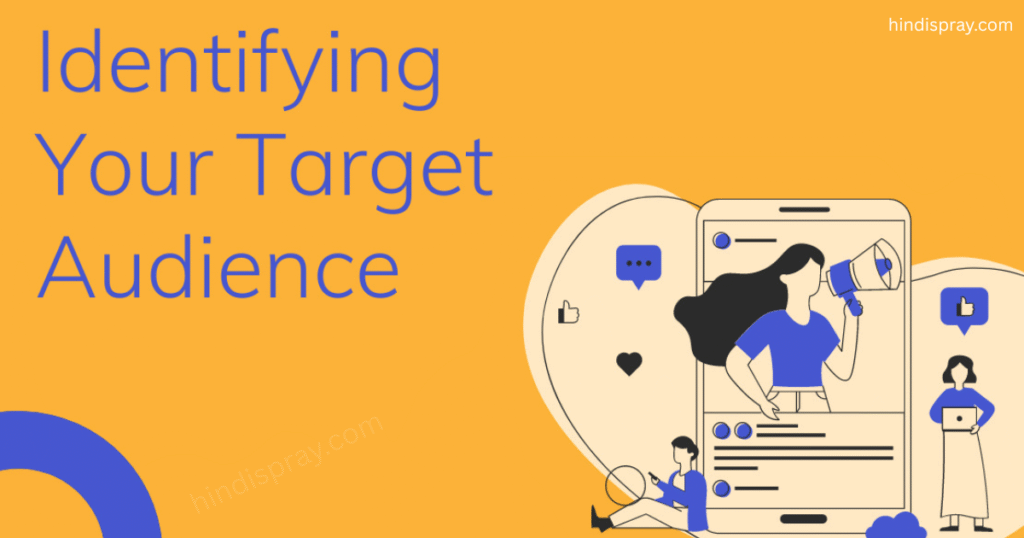Creating an effective insurance marketing plan is crucial for any insurance agent or agency looking to grow their business in today’s competitive market. With evolving customer behaviors and rapid digital advancements, a well-thought-out marketing plan provides direction, aligns resources, and helps achieve your sales and branding goals. This comprehensive guide outlines how to develop a winning insurance marketing plan, step-by-step.
Understanding the Purpose of an Insurance Marketing Plan
What Is a Marketing Plan?
A marketing plan is a strategic document that outlines an organization’s advertising and marketing efforts. It includes goals, target markets, positioning, tactics, timelines, and performance metrics.
Importance for Insurance Professionals
For insurance agents, a marketing plan ensures consistency in branding, outreach, and client acquisition. It helps prioritize activities and allocate budgets effectively.
Step-by-Step Guide to Creating an Insurance Marketing Plan
Step 1: Define Your Goals
Start by identifying what you want to achieve. Goals should be SMART:
- Specific: Clear and well-defined
- Measurable: Quantifiable to track progress
- Achievable: Realistic given your resources
- Relevant: Aligned with business objectives
- Time-bound: Set within a timeframe
Common Goals Include:
- Increasing leads or conversions
- Enhancing brand visibility
- Retaining existing clients
- Launching a new insurance product
Step 2: Conduct Market Research
Research your competitors, industry trends, and customer needs. Use both qualitative and quantitative methods.
Key Research Areas:
- Demographic data of your target market
- Buyer behavior and preferences
- Competitor strengths and weaknesses
Step 3: Identify Your Target Audience

Segment your audience based on criteria such as:
- Age, income, and occupation
- Geographic location
- Type of insurance needed (life, auto, health, etc.)
Create detailed customer personas to better tailor your messaging and outreach.
Step 4: Develop Your Unique Selling Proposition (USP)
Your USP is what makes your insurance services stand out from the competition. It could be:
- Specialized knowledge in a niche market
- Exceptional customer service
- Competitive pricing
- Fast claims processing
Step 5: Choose Your Marketing Channels
Select the channels that align with your audience’s behavior and your business goals.
Common Channels:
- Digital Marketing: SEO, PPC, social media, email marketing
- Offline Marketing: Direct mail, print ads, community events
- Referral Marketing: Incentivizing current clients to refer new ones
- Partnerships: Collaborations with realtors, car dealerships, etc.
Step 6: Create a Content Strategy
Content is key to educating, engaging, and converting leads. Your strategy should include:
- Blog posts and articles
- Infographics and videos
- Social media updates
- Newsletters
- Webinars
Ensure content addresses pain points and provides value to your audience.
Step 7: Budget Planning
Allocate your budget based on your priorities. Include:
- Advertising spend
- Software and tools
- Content creation
- Events and sponsorships
- Outsourced services (e.g., agencies or freelancers)
Step 8: Set KPIs and Measure Performance
Track your progress using Key Performance Indicators (KPIs) such as:
- Website traffic
- Conversion rates
- Cost per lead (CPL)
- Client retention rate
- ROI from marketing efforts
Use tools like Google Analytics, CRM platforms, and social media insights.
Integrating Digital Marketing in Your Insurance Plan
Search Engine Optimization (SEO)
Optimize your website and content to appear in search results for keywords like “affordable car insurance” or “life insurance near me.”
Pay-Per-Click Advertising (PPC)
Run targeted ads on platforms like Google and Facebook. Set daily budgets and bid strategies to maximize ROI.
Social Media Marketing
Engage your audience through informative posts, live videos, and client testimonials. Facebook and LinkedIn are especially effective for insurance marketing.
Email Marketing
Segment email lists to send personalized messages. Include updates, offers, and educational content.
Mobile Optimization
Ensure your website is responsive. Most users access content through smartphones and expect seamless experiences.
Leveraging Traditional Marketing Approaches
Direct Mail Campaigns
Send personalized letters or brochures to local prospects.
Community Engagement
Sponsor events, volunteer, or host seminars to build relationships and trust within your community.
Print and Broadcast Advertising
Use newspapers, magazines, and radio to reach audiences that may not be online.
Building and Maintaining Client Relationships
CRM Systems
Use Customer Relationship Management (CRM) tools to manage contacts, schedule follow-ups, and track client interactions.
Client Education

Host webinars or provide resources that educate clients on policy options and changes in the insurance industry.
Loyalty Programs
Reward repeat clients with discounts or referral bonuses to encourage long-term relationships.
Adjusting and Refining Your Plan
Regular Reviews
Assess performance monthly or quarterly. Identify what’s working and what’s not.
A/B Testing
Try different headlines, visuals, and calls-to-action to see which performs better.
Adapt to Market Changes
Stay updated on regulatory changes, economic shifts, and consumer behavior to keep your plan relevant.
Also Read: Insurance Savings : What You Need To Know
Conclusion
An effective insurance marketing plan is more than just a document—it’s a dynamic strategy that evolves with your business and the market. By setting clear goals, understanding your audience, leveraging both digital and traditional channels, and consistently analyzing your results, you can build a marketing engine that drives growth and brand loyalty. Whether you’re just starting out or refining an existing plan, the key to success lies in preparation, execution, and continuous improvement.
FAQs
1. How often should I update my insurance marketing plan?
It’s recommended to review and update your plan at least once a year, or whenever there are major changes in your business or the market.
2. What is the most cost-effective marketing channel for insurance?
Email marketing is one of the most cost-effective channels due to its low cost and high ROI.
3. Do I need a professional agency to create a marketing plan?
Not necessarily. While a professional agency can provide expertise, many agents successfully create and execute their own plans using available tools and resources.
4. How do I know if my marketing plan is working?
Track KPIs such as lead generation, conversion rates, and ROI. Regular analysis helps identify successful strategies.
5. Should I focus more on digital or traditional marketing?
It depends on your target audience. A balanced approach that combines both often yields the best results.

